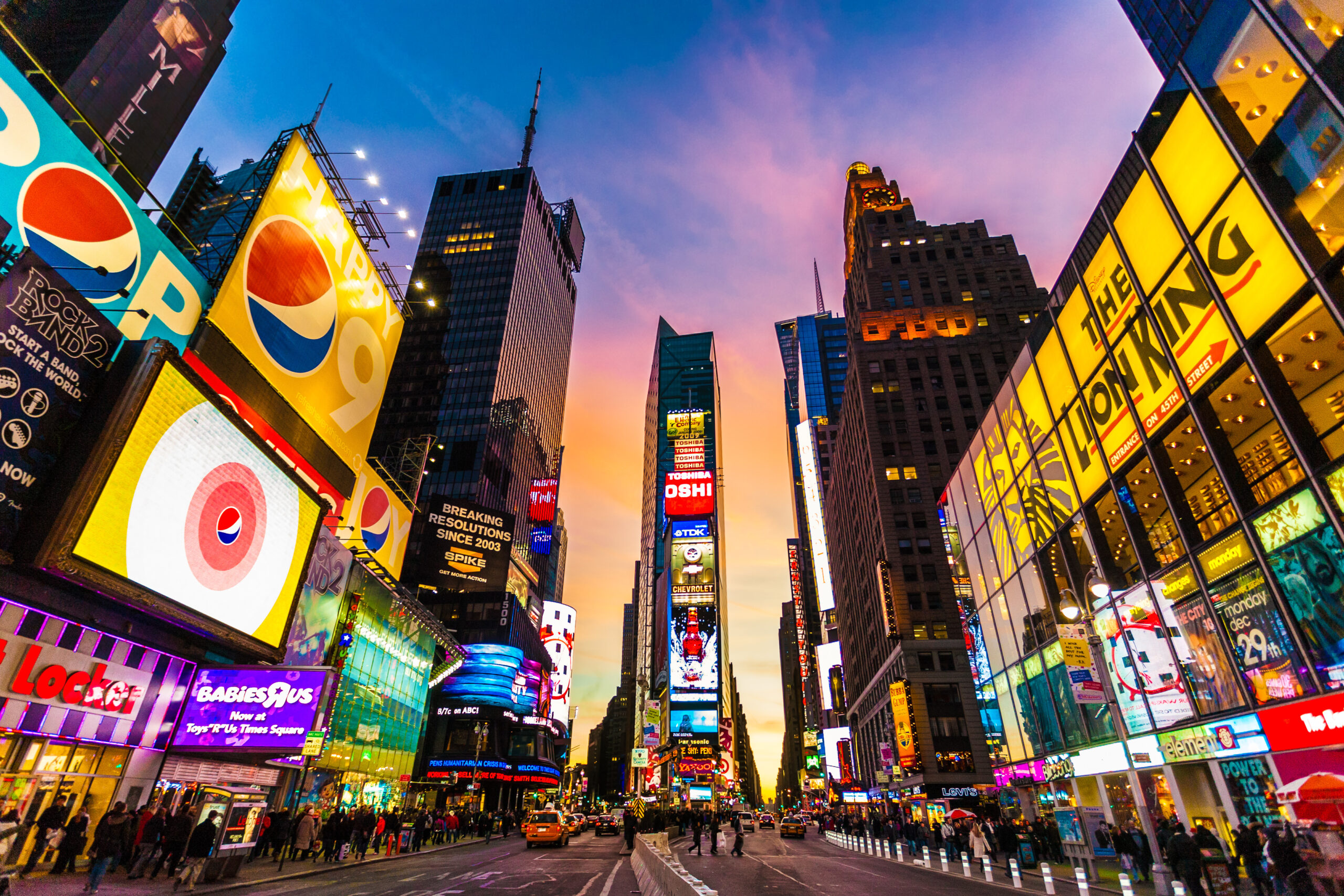ADVERTISING ICON Steuart Henderson Britt once said, “Doing business without advertising is like winking at a girl in the dark. You know what you are doing, but nobody else does.” It seems obvious, but so many business owners believe that if they build their businesses, customers will come without any advertising at all. However, unless you have a brilliantly unique product or service that creates a significant word-of-mouth buzz on its own, this is not a strong growth strategy. Billboards may seem dated, but they can still be effective tools for quickly building brand awareness, especially on a trial basis, if you have a fairly broad target audience or one that is distinguished primarily by its geography. One of the most successful of the early adopters of billboard advertising was Burma Shaving Cream. From the 1920s to 1960s, Burma ran a series of billboards, typically featuring six consecutive small signs posted along the edge of highways, spaced out for sequential reading. Even though multi-sign messaging is no longer as economically feasible, having a billboard is still a strong way to communicate with prospective customers. Modern-day billboard options include digital billboards, which allow you to change your message more easily and inexpensively, and mobile billboards, which can target a specific neighborhood. Even though traditional billboards may seem old school, you can always put a new twist on an old idea with guerrilla signage. For example, McDonald’s converted an everyday streetlight into what looks like a piping hot stream of coffee by painting the post brown and placing a ridiculously large McDonald’s coffee cup beneath it. To promote a season of its series The Sopranos, HBO hung what looked like the arm of a whacked mob boss — adorned with mob ring, cuff links and the arm of a shiny suit — from the trunk of New York City cabs, along with a Sopranos bumper sticker. You don’t have to be a big brand to have the budget for guerrilla signage. Consider writing clever messages with sidewalk chalk to attract pedestrians, or using street teams to hold signs in front of your store. Consider what’s already available that can become part of your billboard. One cigar shop brought wooden telephone poles to life by wrapping large paper cigar bands around them, transforming them into cigars. Advertising through guerrilla signage isn’t just for traditional businesses; nonprofits and municipalities are in the game, too. Denver Water launched a simple, brilliant billboard campaign using only one-third of a billboard, leaving a completely bare billboard frame across the other two-thirds. The conservation-based message reads, “Use only what you need,” demonstrating its point by using fewer materials in construction. When you’re planning your next strategy, look around with fresh eyes. Maybe you will see a sign that shows you how guerrilla signage can bring your message to life.
Recent Posts
- The Confidence Gap: How to Inspire Your Team to Own the Numbers
- Hire, Fire, and Reward Based on Outcomes: The Only Way to Build a Growth Team
- Why Weekly Optimization Separates Winners from Losers
- The Domino Effect: What Happens When You Reposition Your Brand
- Why Leaders Must Demand Accountability for MROI Projections
Related Posts
 Marketing Strategy
Marketing Strategy
The Confidence Gap: How to Inspire Your Team to Own the Numbers
Key Takeaways: Confidence in projections drives confidence in execution. Leaders can use psychological strategies to…
Dhruv SinghOctober 31, 2025
 Marketing Strategy
Marketing Strategy
Hire, Fire, and Reward Based on Outcomes: The Only Way to Build a Growth Team
Key Takeaways: Building a team around outcomes, not effort, ensures accountability. Skills must align with…
Dhruv SinghOctober 14, 2025
 Marketing Strategy
Marketing Strategy
Why Weekly Optimization Separates Winners from Losers
Key Takeaways: Set-and-forget campaigns are a recipe for wasted dollars. Weekly optimization creates momentum and…
Dhruv SinghOctober 13, 2025




